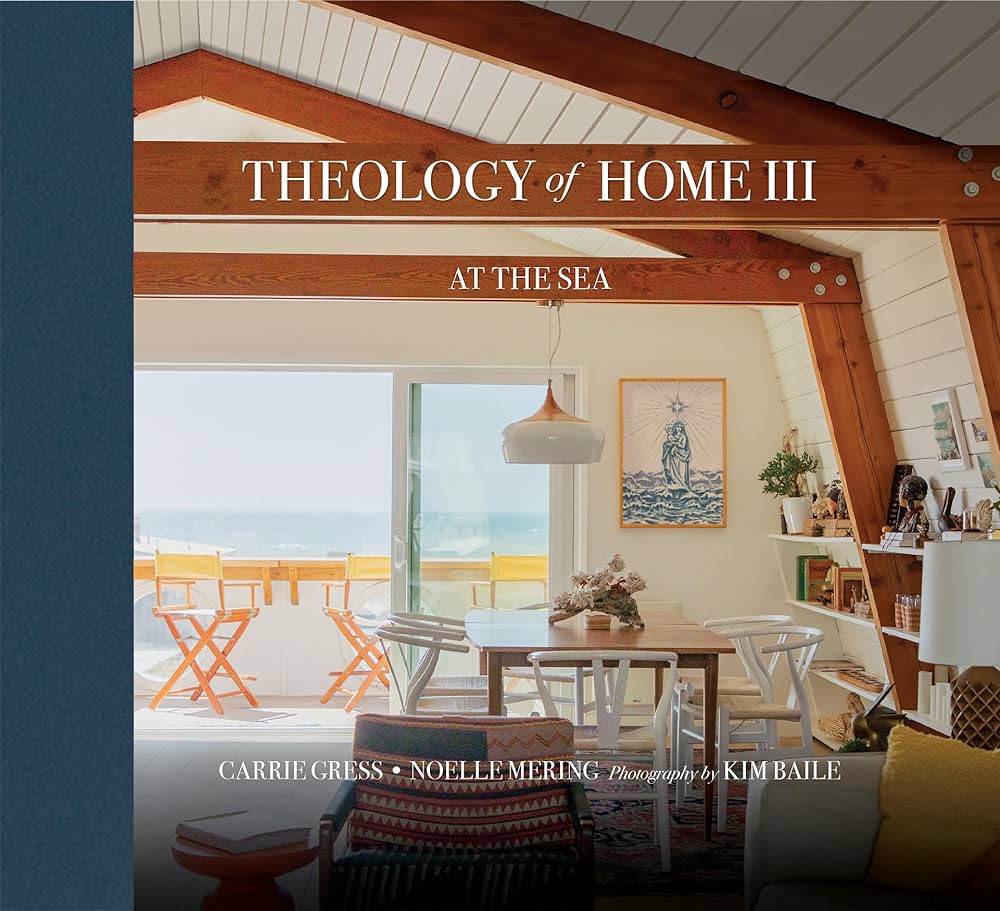Lenten Campaign 2025
This content is free of charge, as are all our articles.
Support us with a donation that is tax-deductible and enable us to continue to reach millions of readers.
“Beauty will save the world,” Russian author Fyodor Dostoevsky once wrote, and beauty helps people absorb a goodness that strengthens us. Beauty as a force for good is behind the eye-catching and uplifting work of Theology of Home.
If you’re not familiar with Theology of Home, it’s an entire way of being, expressed in a series of books, a website, and an online store: “We curate and publish content and create and source carefully-crafted products that help women at any stage of life live out their vocations with beauty and meaning.”
Theology of Home was created by two Catholic moms and authors, Carrie Gress and Noelle Mering, to help women overcome the struggles that keep them from confidently living and sharing their faith.
“The key element that motivates our work is to help women become better women, whether single, raising a family, working or staying at home,” Gress said.
It’s a mistake to think that our careers are the focal point of our lives, she said, at the expense of wholesome and happy relationships. Theology of Home gently reminds readers that the relationships forged and strengthened in our own homes are what will matter most to us in the long term—an idea backed by data.
What happens in the home matters
A big part of the Theology of Home mission is speaking up for how important the work of building and sustaining a home really is. Because homemaking, hospitality, and caretaking are often unpaid and unseen, society undervalues them.
“There seems to be the misconception that things that focus on the home or the manifold aspects of women’s lives are superficial. I know that I fell into this myself, even when I started the blog. I felt guilty that I wasn’t doing what I considered my more important intellectual work,” Gress recalled.
In contrast, Theology of Home boldly shows that these kinds of work are important, dignified and worthy of respect. These kinds of work can be channels for creative expression and creating beauty. Uplifting these vocations is Theology of Home’s mission.
“Women are very visual and influenced by images, colors, fabrics, while driven by a strong sense of order and creativity. There is a reason that magazines, first in print, and now online, as well as the innovation of influencers, are so popular,” she said. “This can be positive when we integrate beautiful things into our lives to serve others.”

Communicating faith through beauty and hospitality
Especially as Catholic women, Gress and Mering see having a “Theology of Home” as a way to communicate the beauty of their faith through the natural setting of their homes.
“Our homes can also become reflections of a natural and organic way of communicating the faith to our children, extended family, and friends. The art of hospitality, of welcoming people into your home, can also be highly effective,” she said.
“Not every season of life can accommodate this, but when we can, we give something to our guests that is hard to find elsewhere. It is a sense of family, order, faith, and reverence that they won’t pick up at a restaurant. But they will know they want more of it. It is all the little things that we eventually find at a holy church – even if they don’t know it yet. Our hospitality can be the first step in helping people see the real hunger they have for the transcendent.”
Evangelizing through beauty
Since women are drawn to visual imagery, Gress said, “we can work with that in a way that is compelling, beautiful, and even fun. We have found that we can help women absorb and be strengthened in their faith through engaging articles, beautiful visuals, and lovely home goods.”
It’s easier to understand how to create a warm, welcoming, and faith-filled home when you see it before your eyes in full color and hear stories from other women of how they did it. Theology of Home gives this gift to all women who want to honor the dignity and beauty of their hidden work in their homes.
If beauty will save the world, Theology of Home, with its message uplifting the dignity and value of work in the home, helps spread that beauty a little farther.










